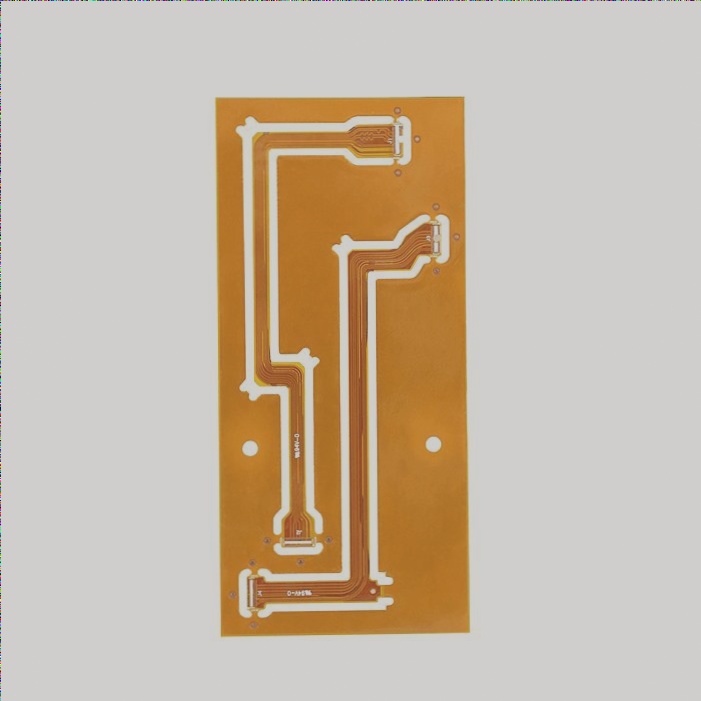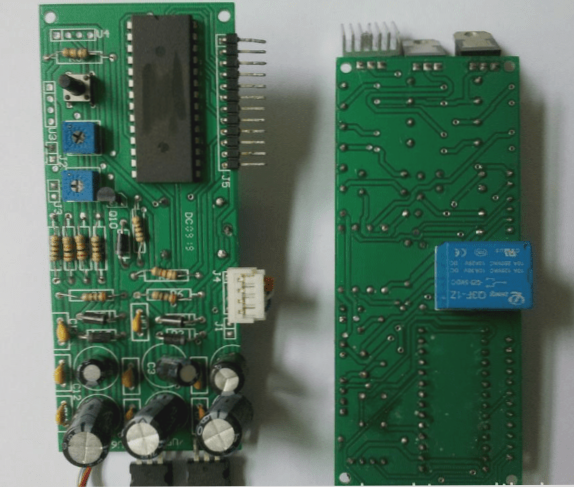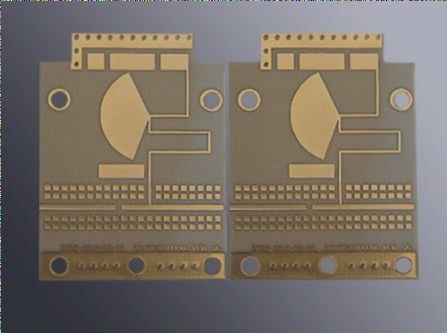PCB Electroplating: A Crucial Process in PCB Production
The Significance of Electroplating in PCB Manufacturing
Electroplating plays a vital role in PCB production by preventing oxidation and deterioration of weldability. It is a crucial step in the PCBA processing process.
Exploring the Principle of PCB Electroplating
The principle of PCB electroplating revolves around four key aspects:
- PCB electroplating solution
- PCB electroplating reaction
- Electrode and reaction principle
- Metal electrodeposition process
Essential Elements in PCB Electroplating Solution
In the PCB electroplating solution, six essential elements play a significant role:
- Main salt
- Complexing agent
- Additional salt
- Buffer
- Anode activator
- Additive
Electrochemical Reaction in PCB Electroplating
The electrochemical reaction in PCB electroplating involves the plated parts as the cathode and the metal anode immersed in the plating solution. A certain potential applied leads to a reaction at the cathode and anode, crucial for the electrodeposition process.
Importance of Electroplating in the PCB Industry
Electroplating is essential in the PCB industry to protect copper printing lines and ensure solderability. Various technologies, including organic coatings and oxide films, are used to maintain the quality and reliability of PCBs.
Future Trends in PCB Electroplating
The PCB industry’s stringent quality control standards are driving advancements in PCB board electroplating practices. These developments align with the industry’s increasing reliance on precise technology and environmental sustainability.



